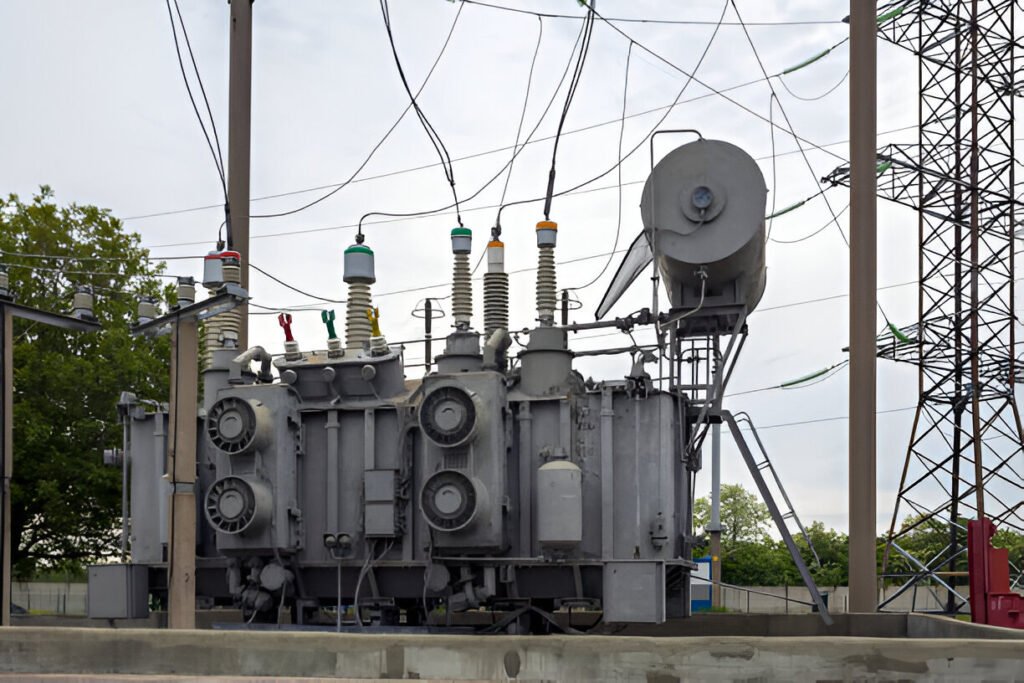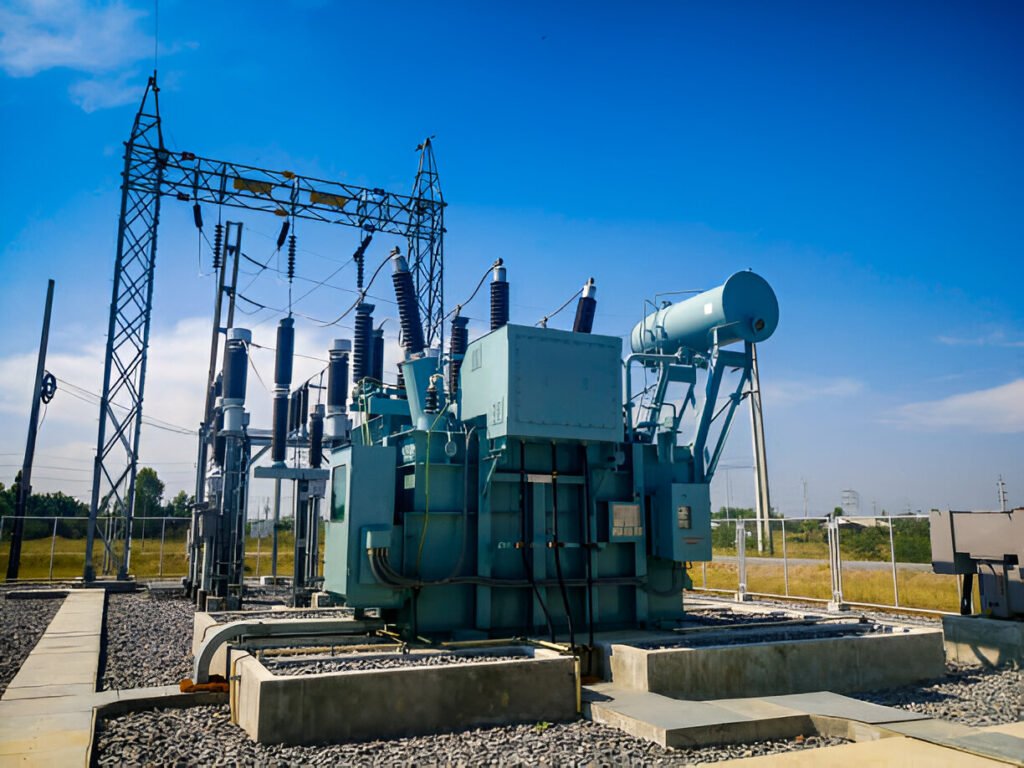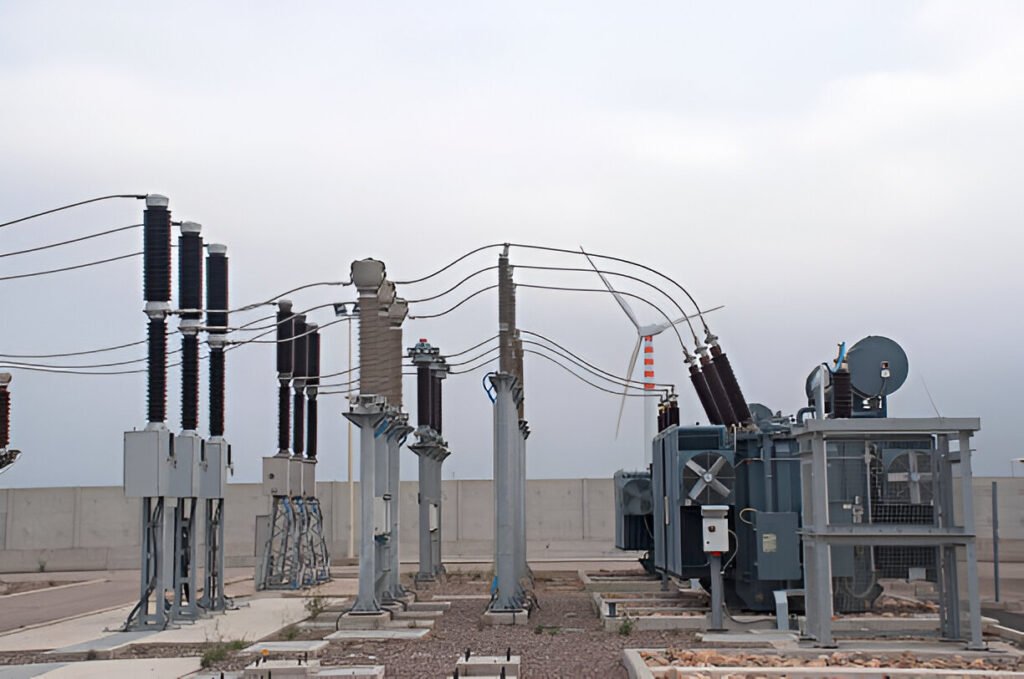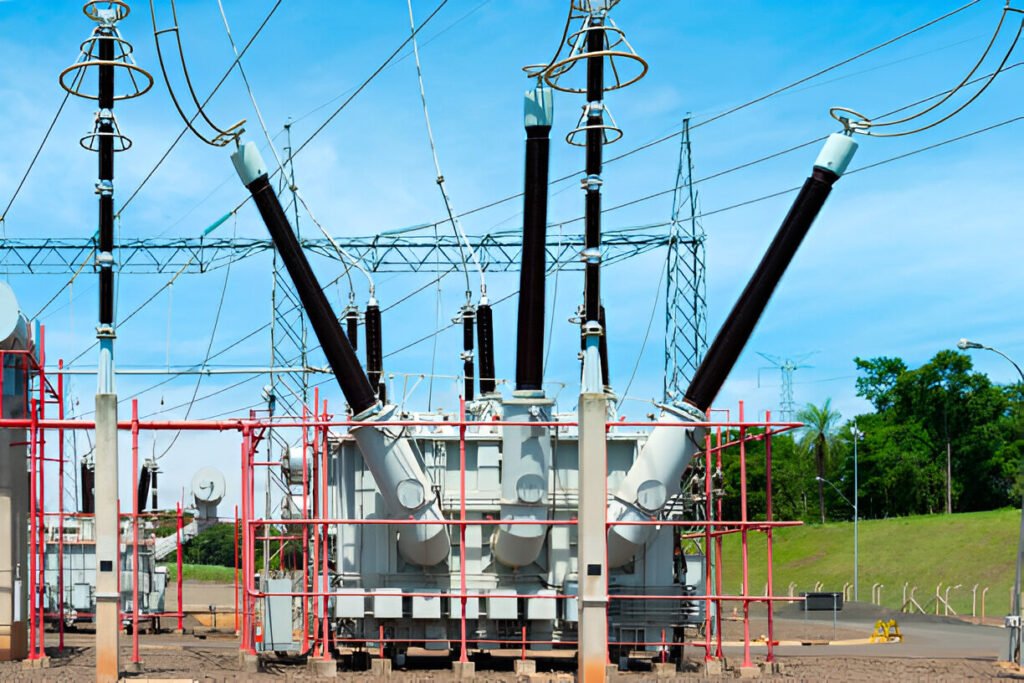NEC Code for Transformer Protection
NEC guidelines for safe transformer installation, including clearances, venting, disconnects, and overcurrent protection.
Read More
Dry type transformers can overheat due to several factors, including overloading, poor ventilation, and high ambient temperatures. Winding issues, deteriorating insulation, and mechanical damage also contribute to excessive heat generation.

Improper load rating selection and overloading cause dry type transformer overheating. The transformer struggles to handle excessive current, generating increased heat and potential damage.
Overloading occurs when consistently pushing the transformer beyond its rated capacity. This happens due to unexpected power demands or gradual load increases over time. Higher currents generate more heat than the transformer can dissipate.
Inadequate ventilation and cooling pose a substantial risk for dry type transformer overheating. Poor airflow around the transformer prevents effective heat dissipation, leading to temperature increases beyond safe operating levels. This issue commonly occurs in enclosed spaces or areas with limited air circulation.
Dry type transformers are vulnerable to high ambient temperatures exceeding design limits. These transformers typically operate within specific temperature ranges, often up to 40°C. Environments surpassing this threshold push the equipment beyond its capabilities.
Poor quality or aging insulation materials contribute to dry type transformer overheating. Deteriorated or improperly manufactured insulation loses its ability to prevent heat transfer between windings, compromising cooling efficiency and increasing temperatures.
Winding issues cause significant overheating problems in dry type transformers. Short circuits create excessive current flow and localized heating due to insulation breakdown or physical damage.
Unbalanced loads result in uneven heating across windings when one phase carries more current than others. This imbalance stresses the transformer and reduces efficiency.
Harmonics from non-linear loads like electronic equipment generate additional heating in transformer windings. These distorted waveforms increase eddy current and core losses.
Improper installation and inadequate maintenance cause severe overheating in dry type transformers. Insufficient ventilation during installation leads to rapid heat buildup. Placing transformers too close to walls or equipment restricts airflow, resulting in temperature spikes.
Moisture ingress and contamination threaten dry type transformers, causing overheating and potential failure. Moisture enters through cracks, poor seals, or during maintenance, compromising insulation integrity. Water accumulation reduces dielectric strength and increases electrical conductivity, leading to partial discharges and hotspots.
Dust, dirt, and industrial pollutants settle on windings and cooling surfaces, forming an insulating layer that impedes heat dissipation. This raises transformer temperature, potentially exceeding design limits. Conductive contaminants create unwanted current paths, exacerbating overheating issues.
Mechanical damage and loose connections are primary causes of dry type transformer overheating. Transportation, installation, or operation can lead to mechanical damage, resulting in core lamination misalignment or winding displacement. These issues create localized heating and reduce cooling efficiency.
Loose connections increase electrical resistance at connection points, generating excess heat. Terminal blocks, tap changers, and bushing connections are prone to this issue. Thermal cycling and vibration can loosen connections over time.

Abnormal temperature rise in transformers exceeds rated values specified by manufacturers. These values indicate the maximum allowable temperature increase above ambient conditions. Compare the transformer’s current temperature with its specified limits to detect overheating.
Dry-type transformers produce a low-level hum during normal operation. Unusual or excessive noises can indicate overheating issues. Listen for loud buzzing, humming, or vibrating sounds. These may suggest loose internal components or winding problems. Abnormal noises often result from magnetic forces acting on the core or windings, causing vibrations against each other or the transformer’s frame.
Excessive vibration and shaking in dry-type transformers signal potential overheating issues. Abnormal movement or trembling of the transformer unit indicates serious internal problems. Loose internal components, such as windings or core laminations, often cause these vibrations. Misaligned or damaged bearings in cooling fans can also contribute to shaking.
Visible damage or discoloration of insulation indicates potential overheating in dry type transformers.
Look for yellowing, browning, or charring on insulation materials, particularly around coils and windings. These discolorations suggest prolonged exposure to excessive heat.
Inspect for cracks, brittleness, or flaking in the insulation. Such damage compromises the transformer’s heat containment and electrical isolation capabilities.
Examine areas where insulation has melted or become distorted. These are clear signs of overheating. A burning smell or visible smoke requires immediate transformer shutdown and professional assessment.
Burning odors or smoke from dry type transformers indicate serious overheating issues requiring immediate action. A burning smell may resemble scorched plastic, rubber, or electrical components. Even faint odors demand attention, as they can quickly intensify.
Smoke signals severe overheating or fire in the transformer. It may appear as thin wisps or dense plumes, depending on the problem’s severity. Upon detecting smoke, shut down the transformer and evacuate the area immediately.

Prolonged overheating in dry type transformers accelerates insulation aging and degradation. Excessive heat breaks down insulation materials faster than their designed lifespan. This process weakens the dielectric strength of the insulation, reducing its ability to withstand electrical stress.
Insulation becomes brittle, cracks, and loses flexibility as it degrades. The risk of electrical faults, short circuits, and catastrophic failure increases. Degraded insulation cannot effectively separate windings, leading to potential arcing and further damage. Transformer efficiency decreases as the insulation’s thermal conductivity deteriorates.
Transformer efficiency decreases as temperatures rise in dry type units. Heat causes core and windings to conduct electricity less effectively, increasing resistance and energy dissipation. This creates a cycle where higher losses generate more heat, further reducing efficiency.
Power output capacity drops as the transformer struggles to maintain rated performance under high temperatures. Increased losses result in higher operating costs due to wasted energy. The transformer’s ability to handle load fluctuations diminishes, potentially causing more frequent shutdowns or reduced reliability in power distribution systems.
Dry type transformers experiencing prolonged excessive heat lead to unplanned downtime, disrupting operations and productivity. These outages result in missed deadlines, production losses, and customer dissatisfaction.

Proper airflow prevents dry type transformer overheating. Ensure unobstructed ventilation systems and clear surrounding areas of debris and equipment. Avoid stacking materials or placing items on the transformer to maintain heat dissipation.
Regular temperature monitoring and trending prevents dry type transformer overheating. Establish a routine for checking and recording transformer temperatures at various points. Use infrared thermography to detect hot spots and identify potential issues. Keep detailed logs of temperature readings and analyze trends over time. This data helps spot gradual increases that indicate developing problems.
High-quality, temperature-resistant insulation materials prevent dry type transformer overheating. Choose materials that withstand high temperatures and maintain insulating properties over time. Insulation with superior thermal conductivity and dielectric strength, such as nomex, kapton, or advanced silicone-based compounds, dissipates heat more effectively and resists breakdown under thermal stress.
Preventive maintenance reduces dry type transformer overheating risk.
Load management prevents overheating in dry type transformers. Monitor transformer loads to ensure they stay within rated capacity. Distribute power demands evenly across phases. Install overload relays to automatically disconnect transformers drawing excessive current.
Proper grounding protects dry type transformers from overheating.
Overheating negatively affects transformer efficiency and power output. It reduces performance, increases energy losses, and potentially damages internal components. Prolonged overheating can result in decreased voltage regulation and lower overall capacity.
Environmental factors contributing to transformer overheating include high ambient temperatures, poor ventilation, direct sunlight exposure, and dusty or humid conditions. These factors should be considered during transformer installation and maintenance to prevent overheating issues.
The average cost to repair an overheated dry type transformer ranges from $1,000 to $20,000. Actual expenses depend on transformer size, damage extent, and local labor rates.
Routine maintenance for dry type transformers should be performed annually or as per manufacturer recommendations. Inspections should check for dust accumulation, loose connections, and signs of overheating.